Gower Gulch
The mall's looks were inspired by the cowboy extras who used to meet up—and cause real trouble—at this Hollywood hub.
Driving past the corner of Sunset Boulevard and Gower Street in Hollywood, and you might look twice, asking yourself if what you’ve seen is really accurate. Is that what looks like a medicine wagon among the parked cars, and is that a bath house on top of the roof?
On closer inspection, you’ll find one of the store’s outer walls lined with colorful pictures of movie star cowboys like Roy Rogers, Gene Autry, and Dale Evans, plus real-life ones from the plains. You’ll also notice the sign for the mall has a logo of an old-fashioned movie camera on a tripod.
Back in the heyday of silent film, this area was right at the center of a number of movie studios. Westerns were cheap, quick and enormously popular, and real cowboys would come to town looking for work and often end up hanging out, sometimes in the dozens, on this street corner.
The intersection became known by the studios as a place you could easily grab a few “drugstore cowboys,” so-called because a drugstore here had a phonebooth the wannabes would use to call casting agencies.
So well-known was Gower Gulch that it was featured in songs, cartoons and even Westerns, including a 1950 B-movie called The Kid from Gower Gulch, which saw Spade Cooley starring as a Western movie star who couldn’t shoot, ride, sing or fight.
The intersection earned the name Gower Gulch after a real-life standoff happened there in 1940, when one cowboy “dry-gulfed”—ambushed and killed—an adversary. Tough Jerome B. “Blackjack” Ward confronted his rival John Ainsworth Tyacke, known as “Johnny Tyke,” and accused him of stealing his girl. Guns were drawn, and Tyke was shot down in cold blood.
A sensational but short trial followed, and Ward, who declared self-defense and insanity, was cleared of all charges. Soon enough, the cowboys who had packed the courtroom to watch were back on the corner looking for their next gig.
In 1976, the mall developers decided to pay homage to that silver screen past and fashioned their shopping center like an ersatz Western studio backlot. Unknown to many tourists, it’s been beloved by the locals ever since.
In an only-in-LA twist of fate, the land once housed Hollywood’s first film studio. Al Christie and David Horsley rented René Blondeau’s long-vacant tavern and its back garden from Blondeau’s widow in 1911. The very next day, they began shooting their first film on the property the Western, The Law of the Range.
Know Before You Go
The strip is full of modern stores and cafes. Ample parking is available.


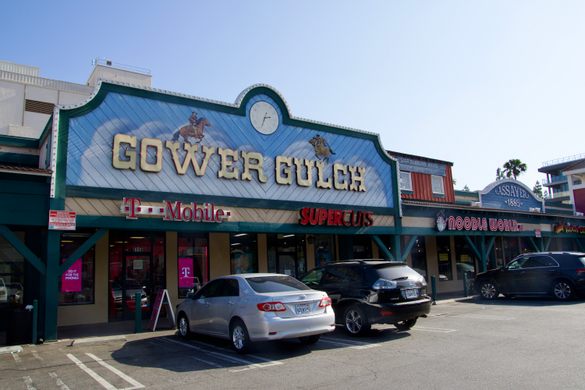
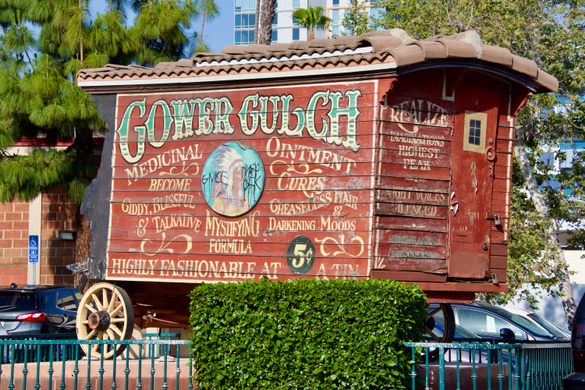
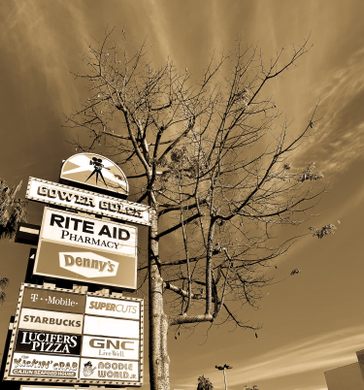











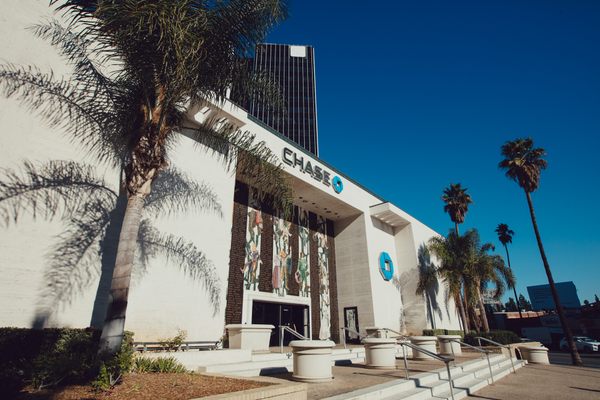




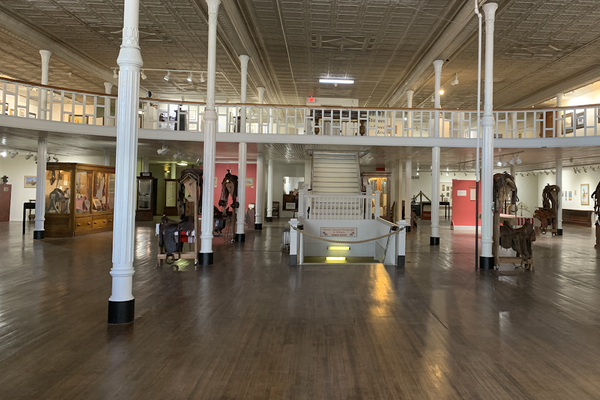
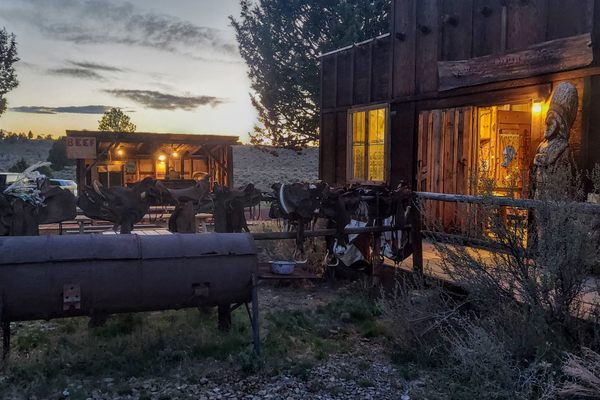



Follow us on Twitter to get the latest on the world's hidden wonders.
Like us on Facebook to get the latest on the world's hidden wonders.
Follow us on Twitter Like us on Facebook